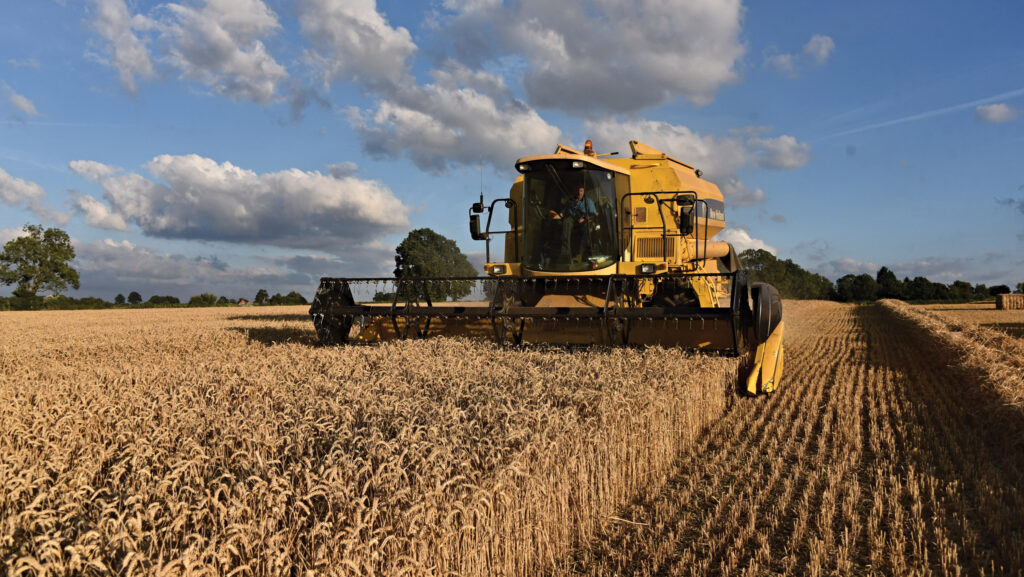UK wheat futures fall to £189/t despite quality concerns
 © Heather Ross
© Heather Ross Global grain markets have dictated domestic prices in the UK during August, with wheat futures dropping below £190/t midweek.
The US Department of Agriculture (USDA) released its latest World Agricultural Supply and Demand Estimates (Wasde) report on 12 August, which put pressure on prices globally.
It increased its estimate for global wheat supplies by 3.5m tonnes to 1.06bn tonnes for 2024-25 due to larger crops in Ukraine, Kazakhstan and Australia.
See also: Grain giants Bunge and Viterra merger approved by EU
The USDA projected the UK’s wheat output for 2024-25 at 10.85m tonnes, based on a 7.75t/ha yield.
However, there have been some cuts to production in Europe and the EU-27 is likely to experience its smallest wheat crop since 2018.
Statistics from France’s ministry of agriculture suggested soft wheat production in France could be at its lowest level for 40 years at 26.3m tonnes, with early harvest yields back on the year.
UK harvest progress
Harvest is pressing ahead on farms across much of the UK with wheat yields not quite as poor as expected, but there are quality concerns due to lower proteins and the presence of ergot.
Harvest yields so far have averaged just under 7.8t/ha, according to CRM AgriCommodities.
Traders at the firm said the first 25% or so of the UK wheat crop has proved poor, but better than had been feared.
The consultant added: “Reports on quality, however, are more equivocal – not because of Hagberg losses to harvest-time rains, as is so often the case in the UK, but to some disappointing protein showings.”
Winter wheat variety Saki has been yielding 8.64t/ha with a moisture content of 15% at Whitehouse Farm in Nether Whitacre, North Warwickshire (pictured).
Heather Ross of Whitehouse Farm said: “We are getting going now and getting into the wheat, if it can stay a bit drier for the next couple of weeks, we will be all right.”
James Peck, of PX Farms, Cambridgeshire, said Skyfall milling wheat had yielded anywhere between 8.5t/ha and 9.9t/ha, but Crusoe had only yielded 6.8t/ha, bringing his overall average down to about 8.1t/ha.
This compares to an average on farm of 9.9t/ha last year, and a five-year average of 10.5t/ha.
Mr Peck said there was still more wheat to cut and they were expecting slightly better yields on a block in Bedfordshire, but lower yields on land in Lincolnshire.
Protein levels were expected to drop below 13% this summer, with grain already put in sheds this year at 12.2% protein.
PX Farms had planned for 1,500ha of wheat this year, although after the wet winter ended up with a crop of 1,350ha. The business plans to increase the area for next harvest to 1,700ha.
Mr Peck added that ergot had been a particular problem this year for wheat. However, the farm had previously invested in its own five-channel grain colour sorter, which was being used both for its own crops and those of other farmers.
Production
A reduced harvest area and below-average yields will limit UK wheat production. Quality concerns will also mean less product makes the cut as milling wheat, hitting farmer margins and increasing the reliance on imports.
Looking forward, following an earlier harvest this year, farmers will be keen to get next year’s crops in the ground, and UK wheat production is likely to increase in 2025.
